CAPE INFERNOS PART 3
Fingers pointed at City of Cape Town for allegedly not maintaining firebreaks
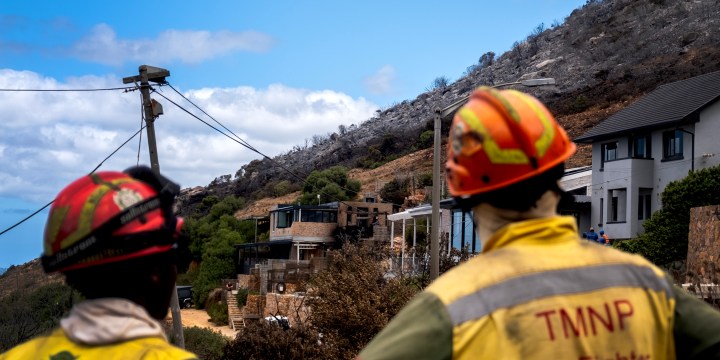
Residents and fire prevention authorities are concerned that multiple firebreaks in the Cape Peninsula on City of Cape Town and privately owned land were not maintained before the start of the 2023/24 fire season in the Western Cape.
The City of Cape Town has been criticised for allegedly not maintaining numerous firebreaks within the Cape Peninsula before the start of the devastating 2023/24 fire season in the Western Cape.
This comes after the City of Cape Town last year withdrew from a long-standing agreement with SANParks to maintain the peninsula’s firebreak network.
Failure to maintain firebreaks poses significant risks, as demonstrated by recent Western Cape wildfires destroying homes.
Fire prevention authorities said not completing all of the firebreaks in the network puts the city and its residents at risk.
On Monday, firefighters fought to contain an inferno on Trappieskop in Kalk Bay, Cape Town, in which one house burnt down and another was damaged.
Read our coverage of the Western Cape wildfires:
- Part 1: Taking stock — staggering scale of Western Cape wildfires as fire season continues to rage
- Part 2: Crucial lessons for future preparedness from the Western Cape fire season
Firebreaks have long been a feature of the Cape Peninsula landscape, with most firebreaks in the region located on the wildland-urban interface — the transition zone between wildlands and human settlements.
According to Section 12 of the National Veld and Forest Fire Act, “Every owner on whose land a veld fire may start or burn or from whose land it may spread must prepare and maintain a firebreak on his or her side of the boundary between his or her land and any adjoining land.”
Section 13 of the Act says that an owner who is obliged to prepare and maintain a firebreak must ensure the firebreak:
- Is wide enough and long enough to have a reasonable chance of preventing a wildfire from spreading to or from neighbouring land;
- Will not cause soil erosion; and
- Is reasonably free of inflammable material capable of carrying a wildfire across it.
While experts have stressed that firebreaks do not stop a fire, the preparation and maintenance of a firebreak is crucial to creating a defensible space that allows for effective firefighting operations.
“Firebreaks are essentially part of the armoury of trying to mitigate the impact of wildlife fires. They tend to limit the pace of spread — not in very high winds — but they often slow down the spread of the fire, giving breathing space for firefighting operations,” said the managing director of Working on Fire, Trevor Abrahams.
The agreement signed between the City of Cape Town and SANParks in 2009 and supported by the Cape Peninsula Fire Protection Association (CPFPA) provided for the annual maintenance and clearing of the Cape Peninsula’s firebreak network, which spans roughly 150km of SANParks, City of Cape Town and privately-owned land.
Philip Prins, the former fire manager at Table Mountain National Park, who is now a fire protection officer and manager at the CPFPA, was one of the officials who drafted the agreement and was involved with its implementation through the years.
Maintaining the firebreaks
He said that in terms of the agreement, SANParks was the implementing agent to maintain all the firebreaks on the wildland-urban interface, with financial backing from the city.
SANParks covered the cost of maintaining the firebreaks on its land, while the City of Cape Town provided the funds for maintaining its firebreaks and those of private landowners on the urban edge.
Cutting the firebreaks cost in the region of R2-million annually, Prins said. This took place once a year, generally from mid-October to mid-December to avoid vegetation regrowth before the start of the fire season.
Prins hailed the operation and its effectiveness in ensuring there were well-maintained firebreaks that protected the urban edge.
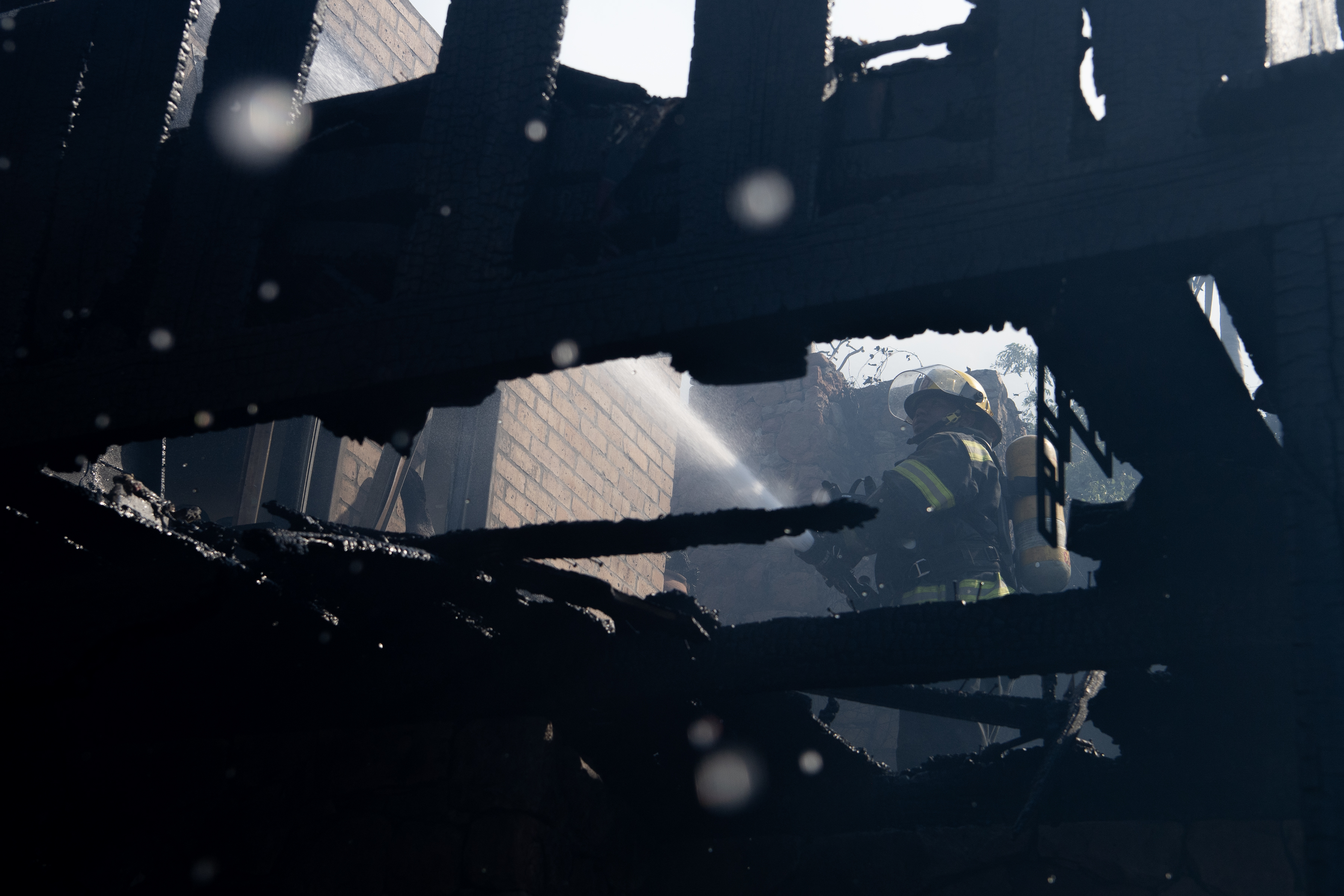
Firefighters battle a blaze at a house above Kalk Bay on 12 February 2024. (Photo: Gallo Images / Die Burger / Jaco Marais)
“I think it was a model for the whole country because it was the only place where a local authority funded the firebreaks on private property, because private landowners are very reluctant to do their firebreaks properly,” Prins said.
However, last year, the City of Cape Town backed out of the agreement before the network of firebreaks could undergo maintenance and clearing, said Prins and other sources close to the issue. As a result, numerous firebreaks on city and privately owned land were allegedly not cut ahead of the 2023/24 fire season, which has been one of the worst in recent years.
Read more in Daily Maverick: Western Cape braced for worst fire season in eight years
“I’ve had a lot of complaints from people saying that firebreaks haven’t been cut… So there is a clear issue that firebreaks are not being properly maintained,” said Nicky Schmidt of the non-profit organisation Parkscape.
“There is a problem at the moment with [the] City of Cape Town and its properties and where it is obligated to make firebreaks, because technically they should be making firebreaks around the urban edge of where they own property…
“There’s a bureaucratic issue and it’s [firebreak maintenance] not getting done… It’s not being done and it’s not because there aren’t people who are willing to do it,” said Tessa Oliver, the manager of the Western Cape Umbrella Fire Protection Association.
With the city backing out of the agreement, private landowners were left to maintain and cover the cost of their firebreaks.
‘Agreement declared invalid’
Asked why the city backed out of the agreement, its Fire and Rescue Services spokesperson, Jermaine Carelse, said, “The agreement was declared invalid via a Bid Adjudication Committee process as supply chain management processes changed over the years.”
Prins said the CPFPA had cleared six out of 34 firebreaks on privately owned land. He was unable to confirm whether the remaining 28 firebreaks were cleared.
“The excuse from many private landowners is, most of them own very small properties and can’t afford to maintain their firebreaks. The city has been doing this and created an expectation from the private landowners, and now they’ve pulled out of the agreement.
“They’re putting the city and its residents at risk by not completing the entire length of the… firebreak network, because you sit with holes in the network now,” Prins said.
The City of Cape Town said the Recreation and Parks Department would respond next week to allegations that the majority of firebreaks on city land were not maintained and cleared ahead of the 2023/24 fire season.
According to Prins, Cape Town’s Recreation and Parks Department and Fire and Rescue Services were supposed to revise the contract agreement between the city and SANParks because it was outdated. Their officials were warned that they needed to revise this agreement at least two years ago. However, this was not done, and supply chain management (SCM) processes did not allow the city to deviate for a third time.
“They knew about this and did not do anything about it. They did not revise the agreement in time and that’s why they then declared it invalid, and because of that they pulled out of the agreement and couldn’t then any longer transfer the funds to SANParks for the maintenance of the privately owned firebreaks and the city’s firebreaks,” he said.
“It is correct that both departments were instructed to look into the agreement,” said Carelse of Fire and Rescue Services.
“Unfortunately, in both departments, the officials who knew about this all retired before they actioned this. The agreement did not comply with SCM policies as we would not have been able to regularise any form of payment under this outdated agreement. For this reason, Fire Service is not part of any agreement, but we play a compliance role to ensure that all landowners maintain their firebreaks.”
In response to questions about the fractured agreement, SANParks spokesperson Lauren Clayton said: “The city informed us of their intention to take responsibility for any firebreaks which fell on city and private land. Any further details need to be discussed with the city.
“The Circumpeninsula Firebreak Network remains an important tool in the management and suppression of wildland fire on the peninsula and inside the TMNP, because the urban interface within the park is so extensive.”
‘Substandard work’
Clayton said SANParks had finished maintenance work at all its firebreaks before the start of the fire season. However, informed sources have claimed that several SANParks firebreaks were only cut after the start of the fire season and that the work done by contractors was substandard, resulting in several firebreaks needing to be redone.
“The cutting of the firebreaks is outsourced to vegetation-clearing contractors,” Clayton said. “As with all contracts, there are snags and sections of breaks where contractors were asked to return to undertake work that was not up to standard. This impacted very small localised areas and has been rectified by contractors.”
A resident whose home was nearly lost in the Trappieskop fire said the firebreak above Clairvaux Road – for which SANParks is responsible – was not maintained before the start of the fire season, but only done recently.
Clayton responded: “The contractor at Trappieskop was appointed timeously and completed the firebreak in early January 2024. The contractor for this area completed the majority of the firebreak ahead of the fire season but had to attend to snags by [the] end of January 2024.”
Another resident told Daily Maverick that the firebreak behind the Silvermine Military Base still hadn’t been properly maintained. When Daily Maverick visited the area on 13 February, invasive alien plants covered the slopes above the military base, growing right up to the edge of the property.
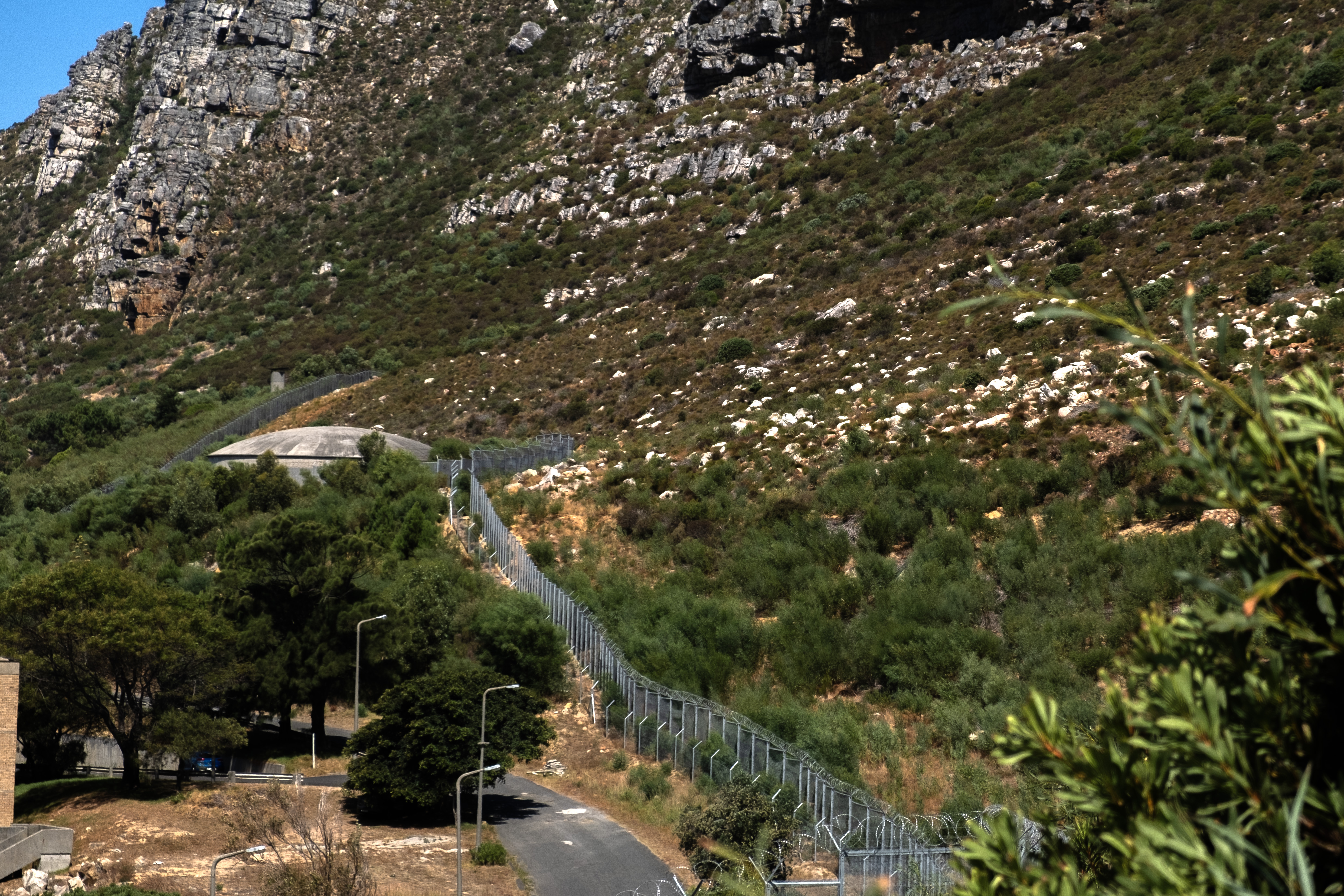
A view of Steenberg Peak from outside the Silvermine Miltary Base, showing overgrown vegetation near the firebreak, on 13 February 2024. (Photo: Kyra Wilkinson)
Clayton said the contractor for this area “was appointed timeously and has been performing within the firebreak schedule”.
Issues with Recreation and Parks
According to the National Veld and Forest Fire Act (NVFFA), state and municipal landowners must be members of a fire protection association (FPA) if they are registered in the area where the land is located. Land within the City of Cape Town is managed by different departments.
Prins and Ruan Matthee, also with the CPFPA, told Daily Maverick they were concerned that the city’s Recreation and Parks Department, which is responsible for all open property — from graveyards to parks, to road verges — was not a member of the CPFPA, which was a contravention of the NVFFA.
“Nobody from Recreation and Parks has ever attended one of our meetings, but the land that they manage — according to the definition of that land — they must also join the FPA,” Prins said.
Asked why the Recreation and Parks Department was not a member of the FPA, Carelse responded: “The City of Cape Town is a member of the CPFPA. The City’s Fire and Rescue Service and various other role players attend their meetings.”
Prins said the City’s Fire and Rescue Service was a partner of the FPA, attending its meetings, and is a member of the association although it does not own or manage any land.
Upon requests from the CPFPA for the Recreation and Parks Department to become a member of the association, Prins and Matthee said the Department failed to respond to the association on several occasions, which they said is “delaying the process unnecessarily”.
When asked for comment on these allegations against the Recreation and Parks Department, Carelse said: “This cannot be the case as the Fire Department is reliant on the CPFPA to provide us with the land owners’ details.”
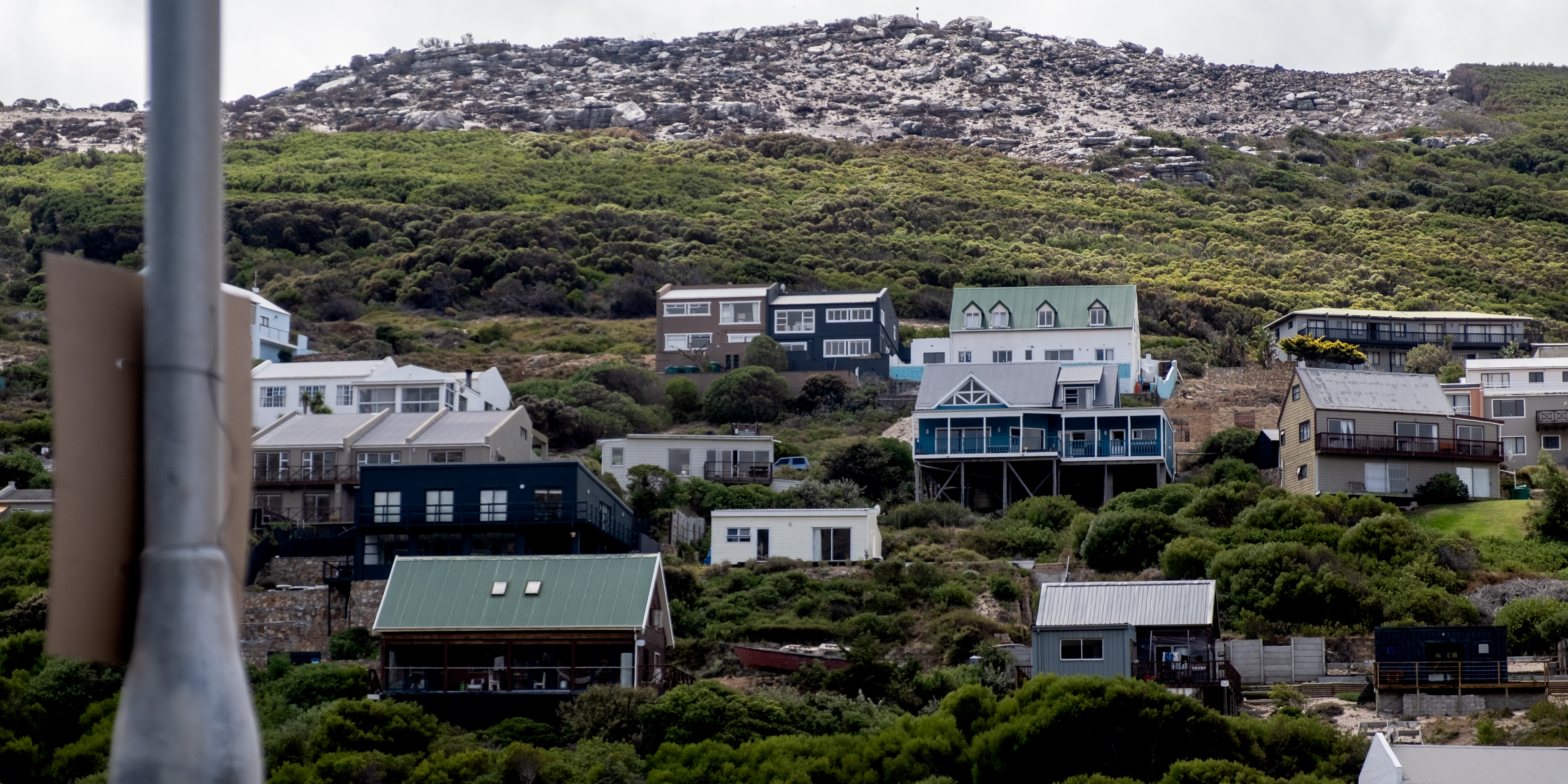
Homes in the Simon’s Town area, surrounded by vegetation, on 13 February 2024. (Photo: Kyra Wilkinson)
Need for better law enforcement
Wildfires pose the greatest risk to people living on the wildland-urban interface (WUI). In the Western Cape, many houses and developments have been built on the outskirts of cities and towns.
Cape Winelands District Municipality spokesperson Jo-Anne Otto told Daily Maverick that one of the factors that made the Kluitjieskraal fire — the largest wildfire in the province so far this year — harder to control was that “landowners may or may not be maintaining their firebreaks and also removing alien vegetation around [their] properties, which adds to a very high fuel load.
“Areas where there have been flare-ups, [are] inevitably areas where there’s a high level of alien vegetation, where property hasn’t been maintained and cleaned.”
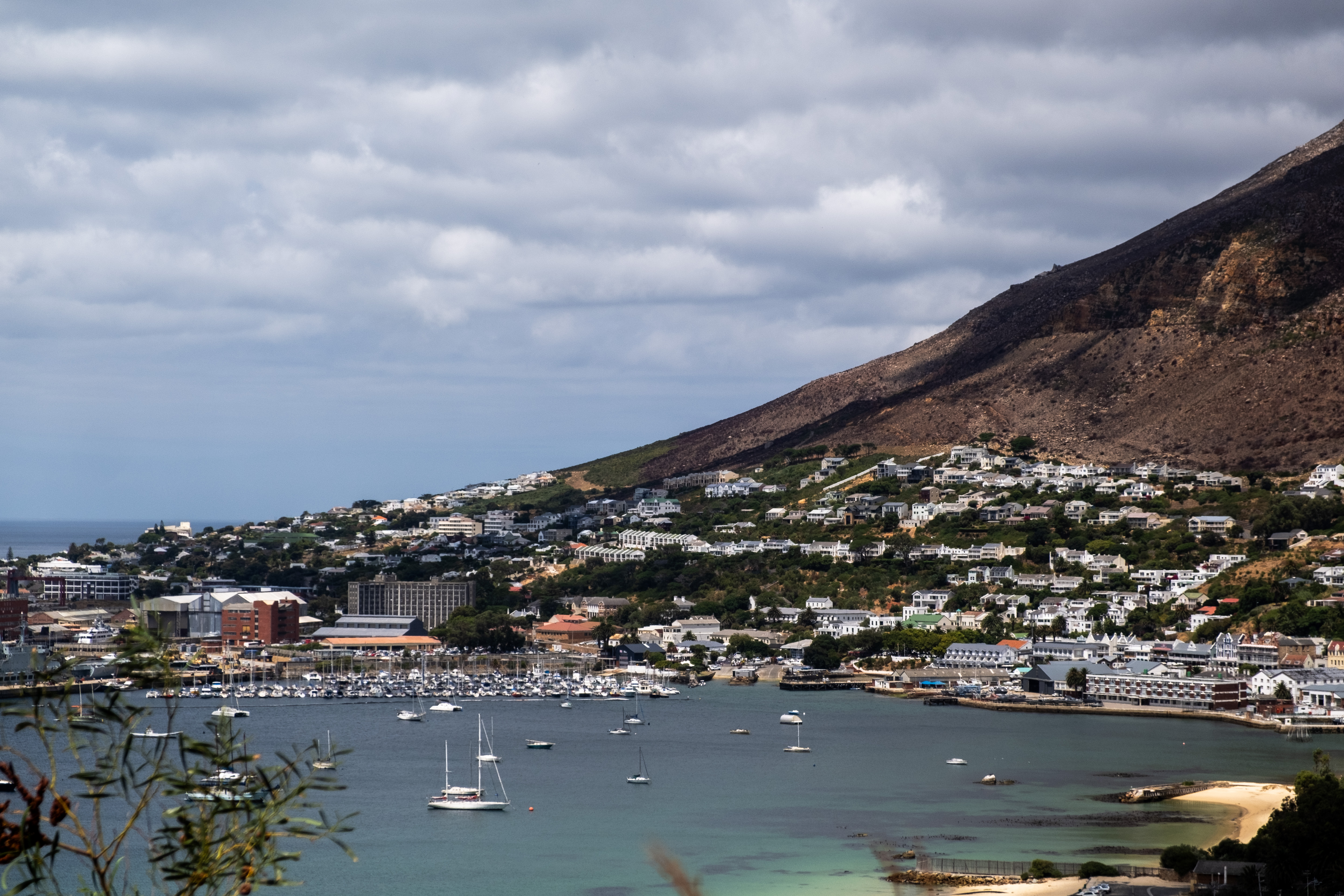
A view of Simon’s Town habour from Red Hill Road, Pinehaven, on 13 February 2024. (Photo: Kyra Wilkinson)
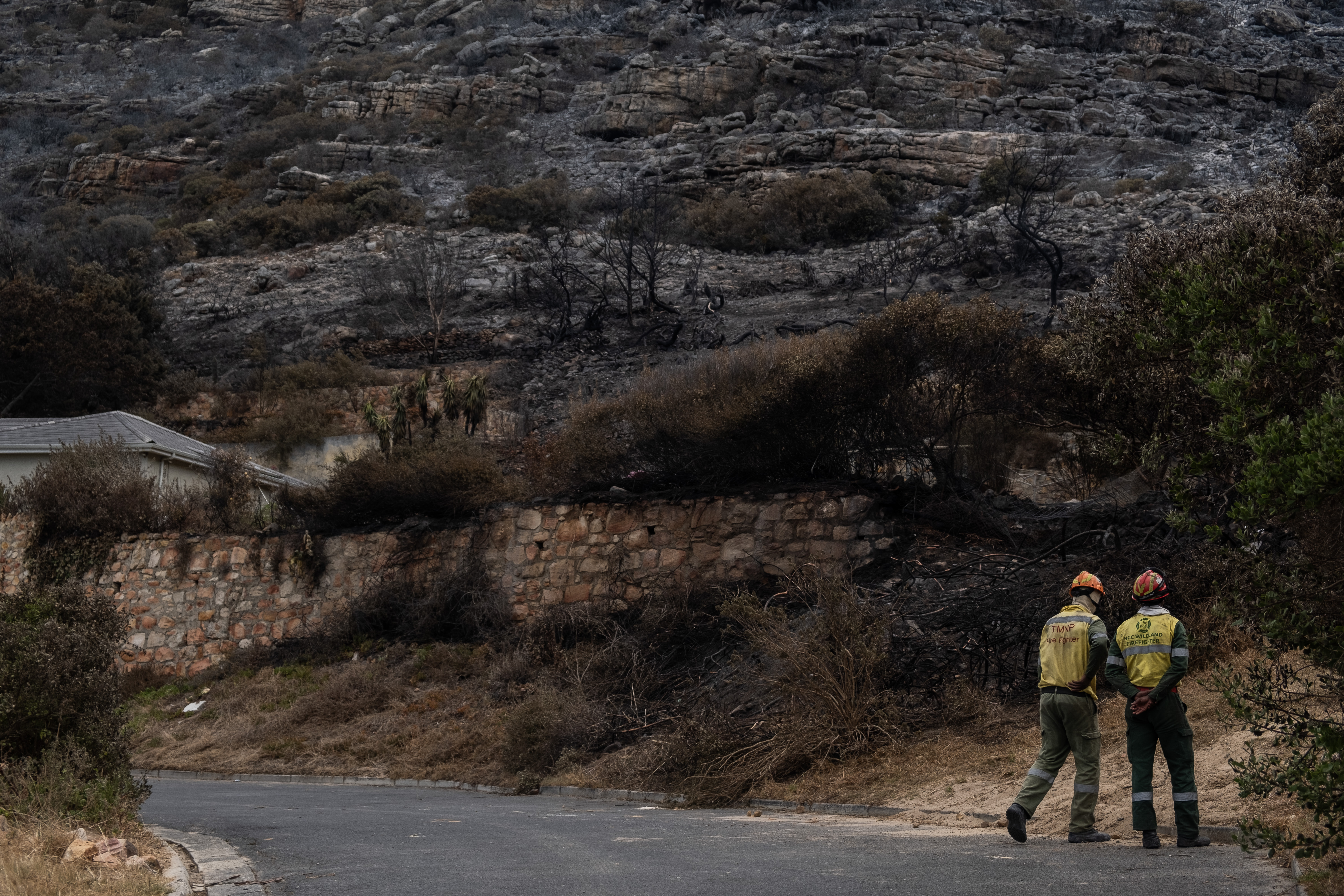
NCC Environmental Services / TMNP members at the scene of the Kalk Bay fire which struck the area on Monday, 11 February. (Photo: Kyra Wilkinson)
This is not an isolated issue. Overstrand Mayor Annelie Rabie told Daily Maverick during the Hangklip fire in January that private homeowners had to do more to clear their land from alien invasive species. After the Betty’s Bay fire of 2019, Rabie said the municipality had met with resistance from the community when it wanted to create more firebreaks.
Oliver told Daily Maverick that South Africa had good legislation aimed at preventing the spread of wildfires, but it was not being enforced.
“The FPA is not responsible for enforcing the law… Like every beautiful legislation we have in this country, it would be the Department [of Forestry, Fisheries and the Environment, DFFE] that owns that legislation,” Oliver said.
However, DFFE spokesperson Peter Mbelengwa said the NVFFA placed the onus on landowners to prepare their firebreaks and it was the duty of FPAs to enforce the legislation. DM



















 Become an Insider
Become an Insider
While the non maintained fire breaks are definitely an important topic, still no mention of fires started by vagrants, homeless, religious groups and arson.
Feel free to comile what information you have and send it through to a journalist.
On DM: “Fact-Check — Is Cape Town being set alight by arsonists?” Other news sites and reports are out there. I am sure if I can find them, so can these journalists.
So why are they not incorporating these facts in their 3 part series? No one is saying its all arson and homeless people but some of them are. And we can only solve problems if they are acknowledged.
October 2023 – January 2024 was the driest 4 months in 35 years.
There are going to be fires in old fynbos. Firebreaks would help contain it.
Sounds to me that San Parks – another ANC government run catastrophe, like Prasa – are once again to blame, just like they are with the pathetic ‘management’ of the baboons that are destroying the Southern Peninsula. ‘Cadaver deployment’ failing yet again.
From the responsibility of the baboons to the responsibility of the firebresks in my mind is quite simple and 2 questions must be asked:
1. What are SanParks (still) doing here?
A: Precious nothing. Squat.
2. Why do City keep on placing the onus on residents? We pay our rates don’t we?
A: It is an (inconvenient or is it convenient?) mystery, they simply refuse to explain. But passing the buck however, is easier….
mystery.
Surely you should lead with this: “The agreement was declared invalid via a Bid Adjudication Committee process as supply chain management processes changed over the years.” It changes the story. Who are the Bid Adjudication Committee? What are their affiliations and ideologies?